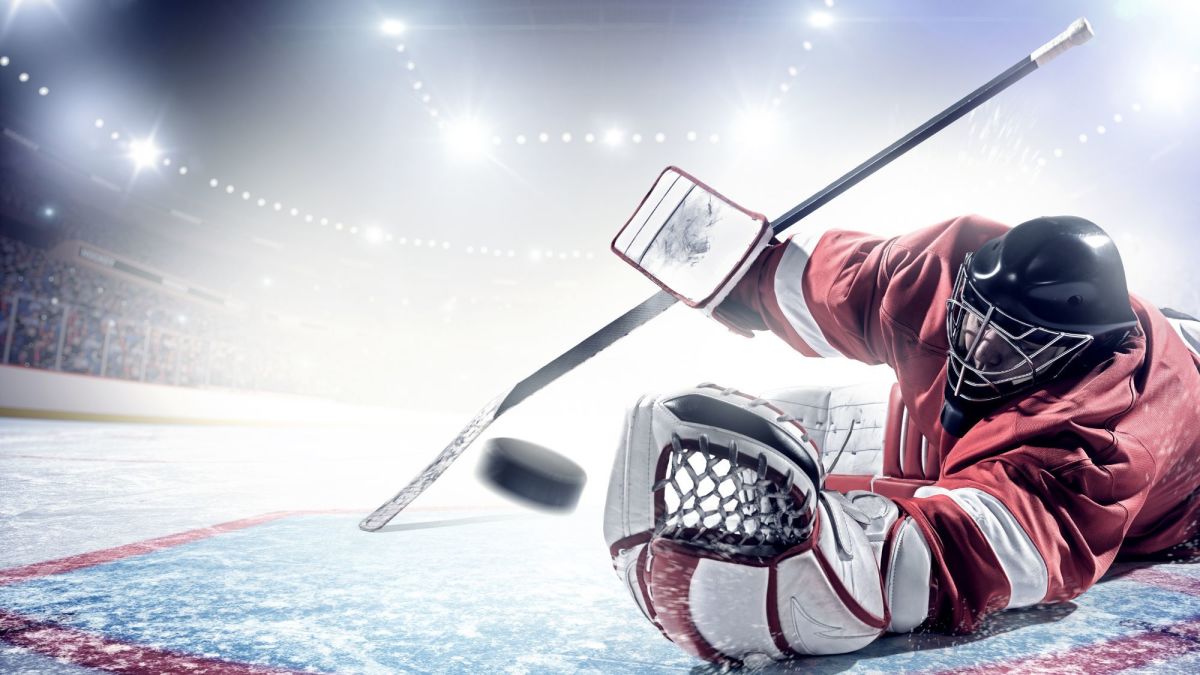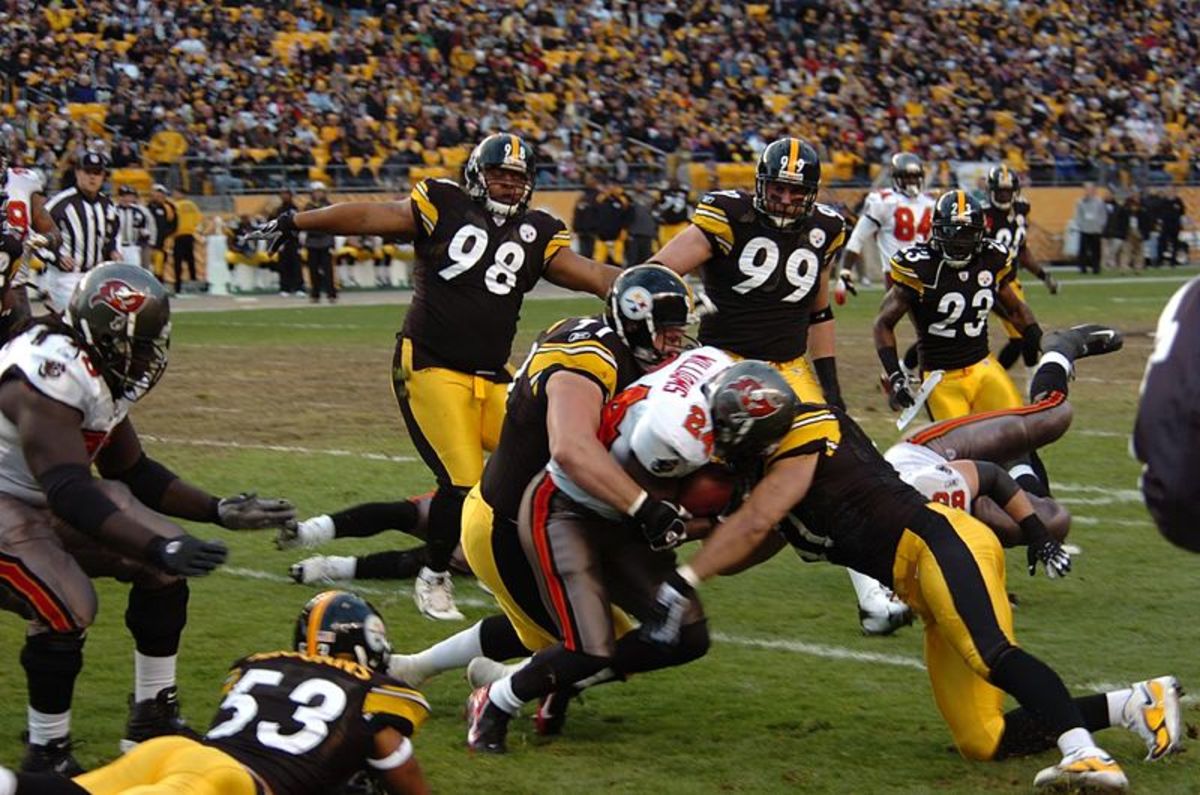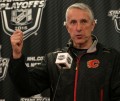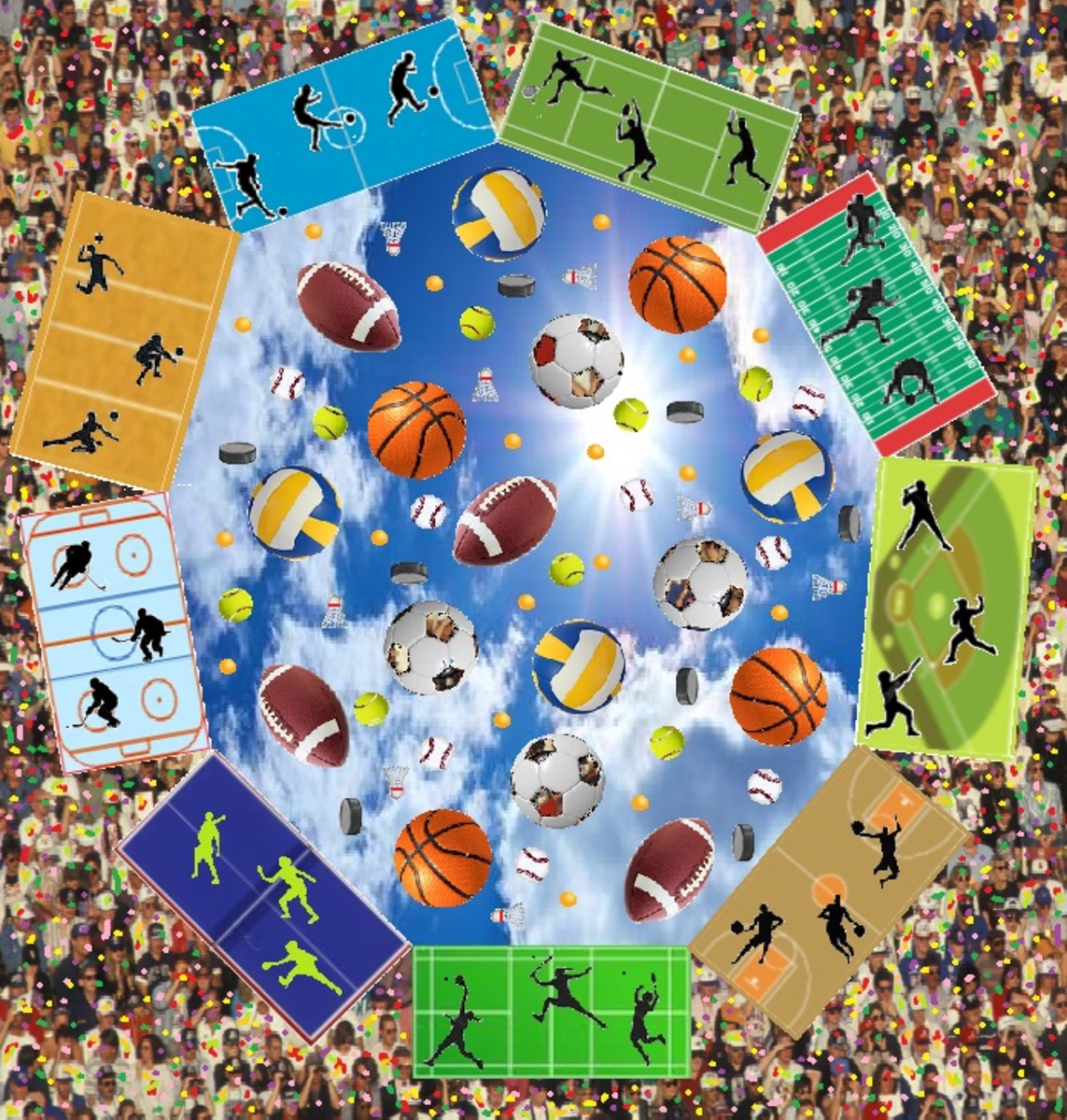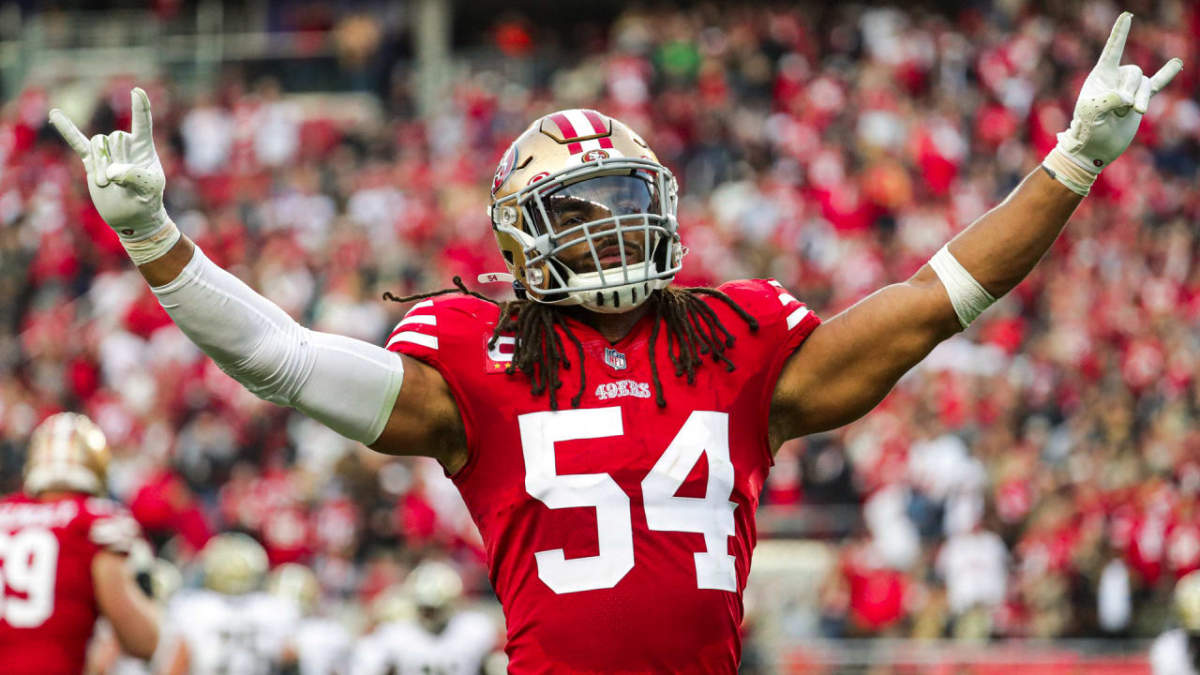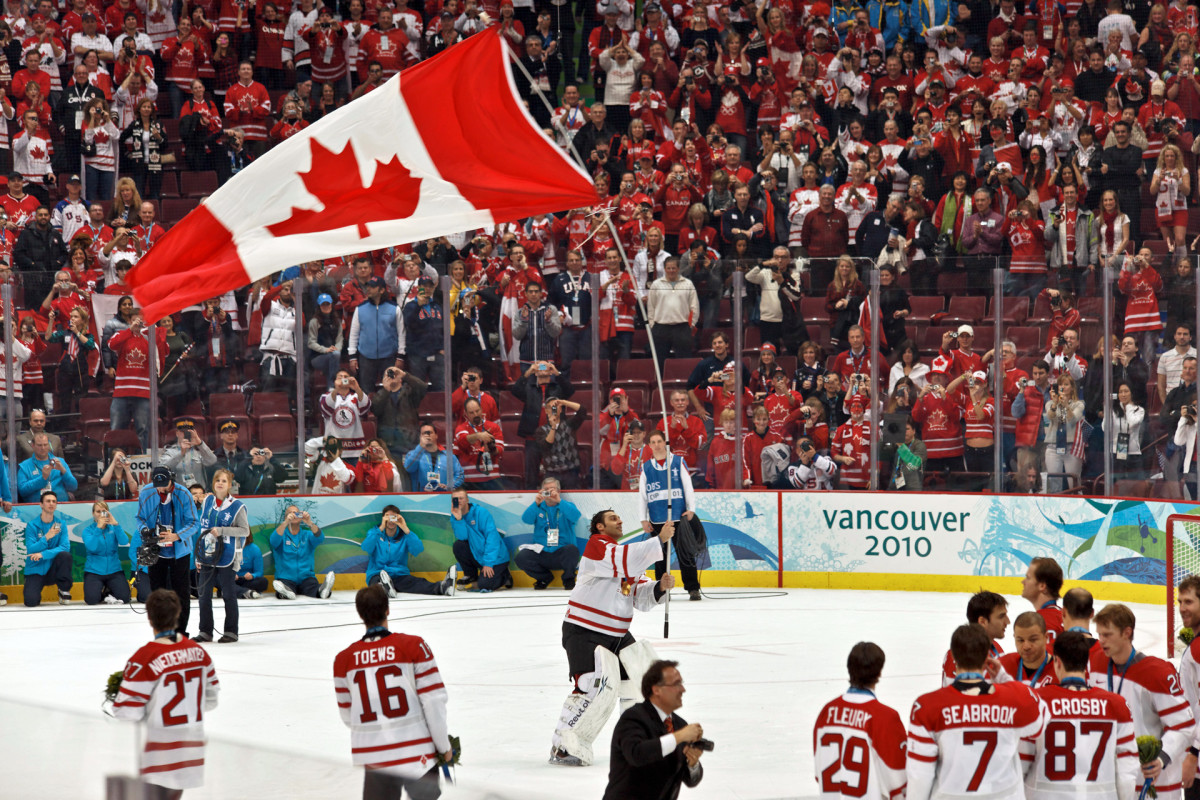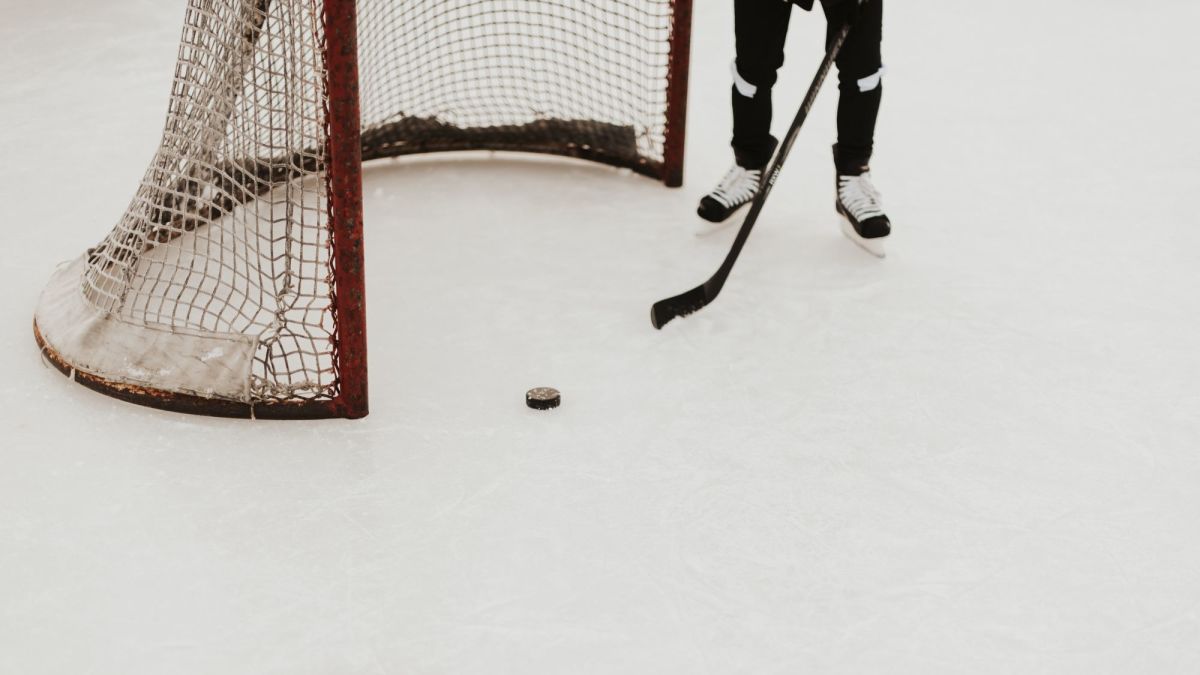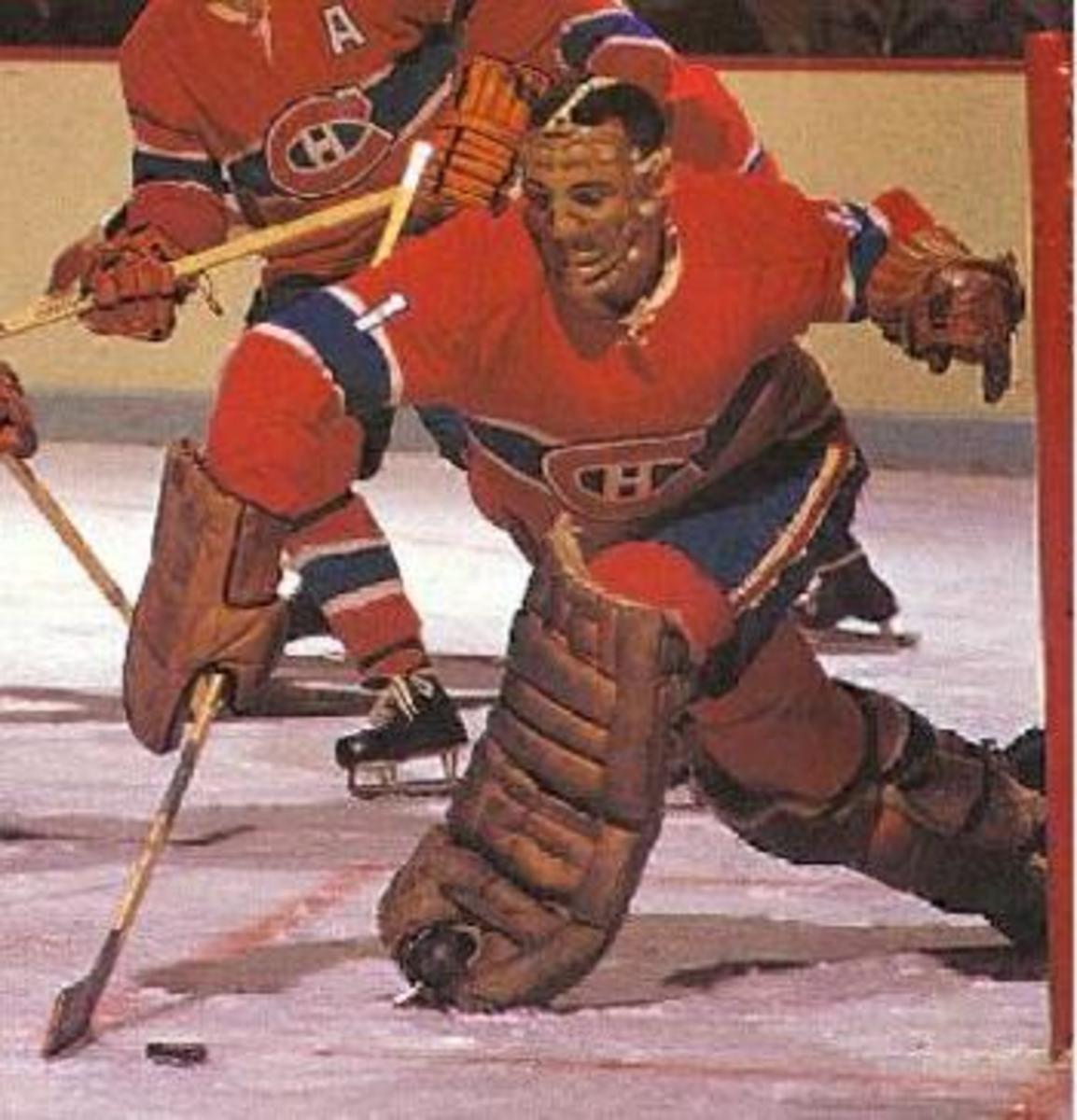How to Watch Hockey Like a Pro : Part 2
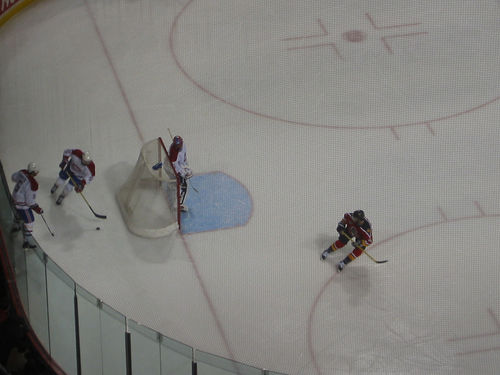
In my time as a hockey fan, I've always considered it one of the easiest games to follow. The objective is simple, and the means are fairly apparent. However, there are a lot of other things going on that can make it a deeper game, such as offensive and defensive coverage.
This article is the second part in a series I've begun to try and develop a knowledge base on what's going on in a hockey game. Part one of the series on How to Watch Hockey Like a Pro covered a number of minor issues that I've seen come up in every game I've ever watched in recent years, and in part two, I'd like to discuss the overall strategies of the game, namely those mentioned routinely by hockey commentators, that have perhaps left many who watch hockey a little in the dark.
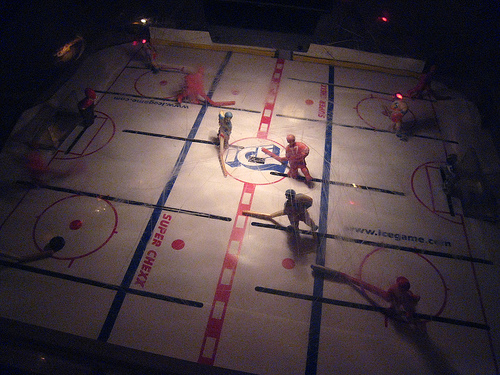
Zones of the Ice
The zones of the ice may be common knowledge to some, but I wanted to get this out of the way, because everything following depends upon this.
In hockey, the ice surface is separated by two bluelines, creating three zones of play. The names of the zones are relational to each team's net. So, if Team A is defending the net to the right of the bluelines, that zone is Team A's defensive zone. The zone to the left of the two bluelines would be Team A's offensive zone. And the center is always called the neutral zone.
Sometimes the names are shortened to Team A's zone, and the opposition's zone.
The Breakout
Any kinds of discussions on hockey typically begin, and are in some way related to the breakout, and anyone who's ever played competitive hockey is familiar with it, as most teams will do drills for hours on performing the breakout.
The breakout is when a team takes possession of the puck, begins moving out of their defensive zone, and tries to generate momentum moving towards their offensive zone.
The breakout begins with the puck behind the net in the defensive zone. A defenseman, sometimes called the quarterback defenseman, will begin by surveying the ice, and making the best decisions on how to procede--the usual move is to step out from behind the net, and chip a pass to a winger, or the circling centerman. This will begin an offensive rush.
The Trap
During the nineties, most hockey discussions would turn to the NJ Devils. Someone would inevidibly say, "You can't beat the Devils, because they play the trap." However, if you asked the person, "What is the trap?" the discussion would quickly end.
Basically, the trap is a style of defending the neutral zone of the ice. As the team with possession of the puck begins their breakout, the defending team may attack the puck carrier with one forward, but the other two forwards and defensemen will pull back and clog up the neutral zone. As the attack comes, the defending team will try to push the puck possession team towards the boards, giving them little room to work. The intention is to either force a turnover, force the team to enter the offensive zone slow and stumbling, or force them to dump and chase.
The trap took advantage of the two-line pass rule, which is no longer on the books. The rule stated that a team couldn't pass across two-lines on the ice, that's bluelines and redlines. This kept teams from being able to pass through the neutral zone without getting the call.
Since the lockout in 2004, that rule was taken off of the books, so the trap has lost a bit of its steam, however, most teams still use certain forms of it to their advantage.
A team that depends upon the trap requires a few things. They need fast defensemen, forwards who'll emphasize the defensive game, and a goaltender that can handle the load. They also need to score goals on the counter-punch. And in the nineties, the Devils had all of that.
The Possession Game
When talking about strategies that teams use, the trap is the ace for defensive teams, but teams with an offensive upside have one of their own. Since the late 2000s, when the two-line pass was removed, offensively savvy teams began using a style of play called the possession game.
The possession game is one that emphasizes puck-control and passing. A possession team will carry the puck through the neutral zone and pass in any direction to beat the trap. They'll pass back, front, left or right, in order to short circuit the trap. The idea is to always have a teammate behind the play breaking quickly, so as the trap closes in on the puck carrier, the puck carrier can chip the puck behind, and send the breaking player, somewhat like a running back in football. This has the ability to take a trap defense by surprise. It does require a team to be comfortable with its puck-control and passing.
What Is 2-1-2 or 1-2-2 or 1-3-1?
There are times when the announcers might state some succession of three numbers. These should add up to the five skaters a team has on the ice, and many announcers think they're being helpful by offering this to fans. However, this number doesn't matter so much.
The 2-1-2 is the traditional attack, and most young kids learning hockey will learn this pattern. A 1-2-2 is the traditional trap, but some teams play it with 1-3-1. But the truth is, most teams will change this up throughout the game, depending upon circumstance. The only thing that really matters is the first number. That's the number of players that the defending team is sending to attack the puck carrier. A team playing 2-1-2 may seem wrong, but hockey's not a game played man-on-man. It's more about, which team controls the space, so if two players are attacking the puck carrier, they can isolate him, and keep the play from progressing.
Puck Cycling
Once the team in possession of the puck gains the offensive zone, they can set up and begin their attack. The way the defensive team works is the two defensemen split the ice in half and each takes ownership of defending one side. While the puck is on one side, one of the defensemen are charged with taking the puck carrier, while the other defenseman is to cover the front of the net. Meanwhile, the centerman is to drop down and cover any forward left uncovered. This gives the defensive team an ability to cover their own zone easily.
The default set up for the possession team is for the close winger to take the puck, the other winger to either stand behind the net or in front of it, and the centerman to take the top of the slot. This format makes it easy for the defending team to cover each player. So, to throw the defending team out of whack, the possession team will not only cycle the puck, they'll cycle themselves, until the defending team fails to pick up a player leaving one man open in a prime spot to shoot.
Conclusion
Hopefully this has cleared up a number of the things going on in the game, and help many to learn about hockey. None of these things are important to enjoying the game, but some may be fun to know.

